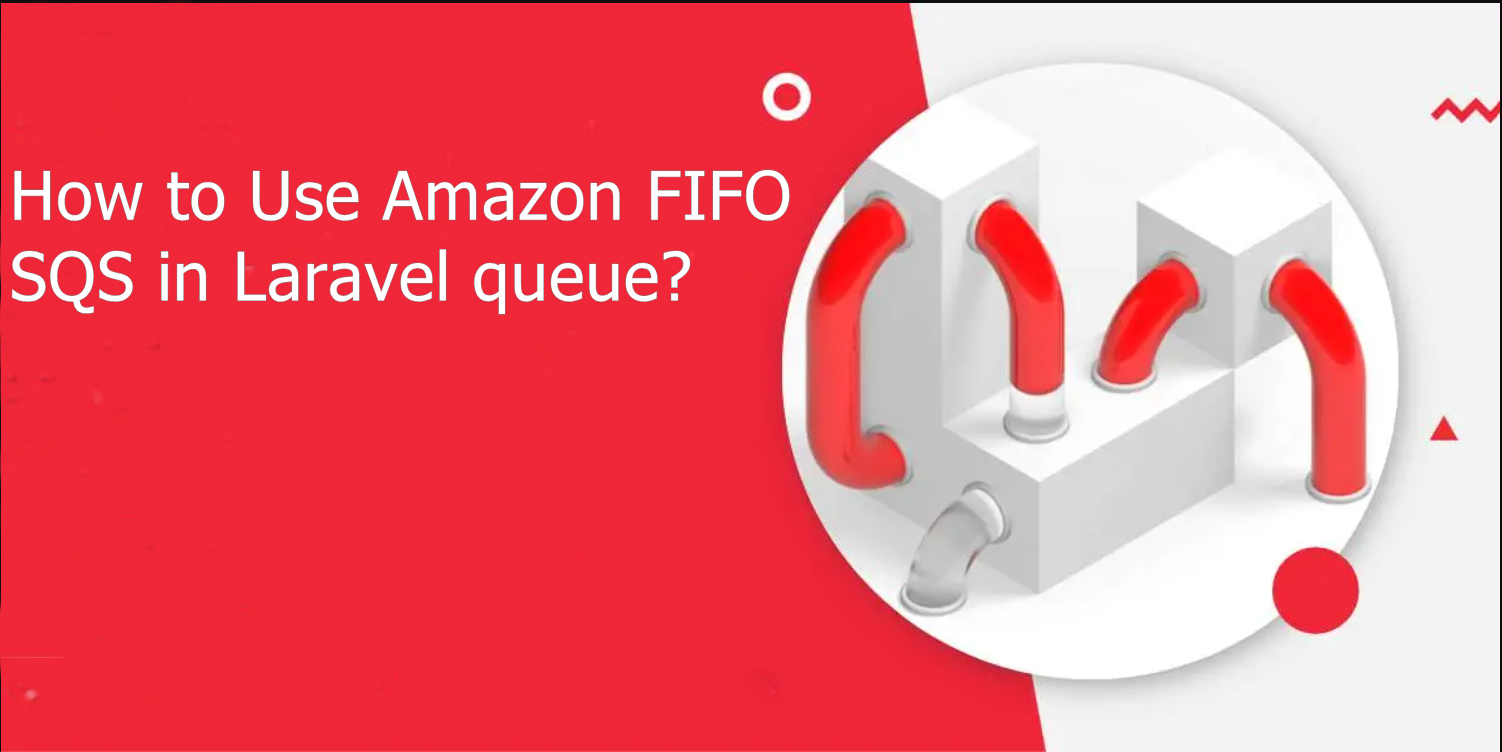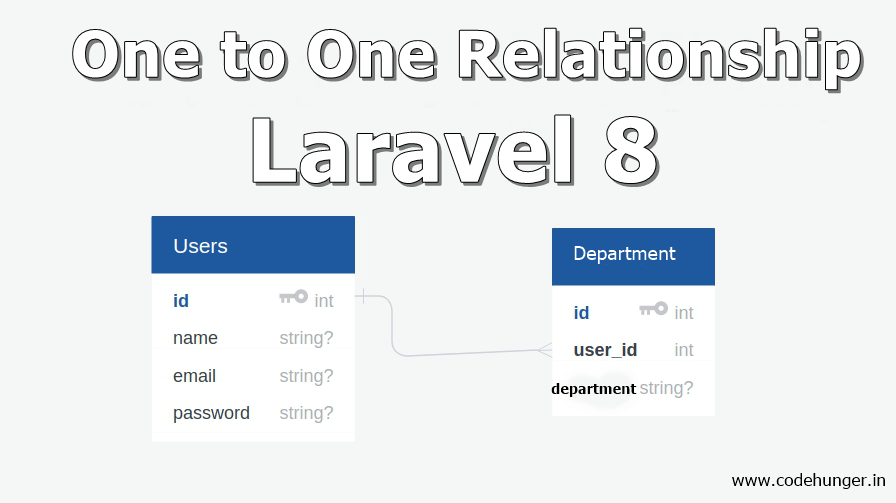
In this tutorial we are going to create a authentication system with API Laravel Authentication Passport OAuth
Step 1. Install Laravel
In first step, we require to get fresh Laravel application using bellow command, So open your terminal or command prompt and run bellow command:
laravel new auth
Step 2. Install Laravel Passport Package
Laravel Passport provides a full OAuth2 server implementation for your Laravel application in a matter of minutes.
composer require laravel/passport
Step 3. Run Migration
The Passport migrations will create the tables your application needs to store clients and access tokens.
php artisan migrate
Step 4. Generate keys
This command will create the encryption keys needed to generate secure access tokens. In addition, the command will create “personal access” and “password grant” clients which will be used to generate access tokens:
php artisan passport:install
After running this command, add the Laravel\Passport\HasApiTokens trait to your App\Usermodel. This trait will provide a few helper methods to your model which allow you to inspect the authenticated user’s token and scopes:
Step 5. Passport Config
<?php
namespace App;
use Illuminate\Notifications\Notifiable;
use Illuminate\Foundation\Auth\User as Authenticatable;
use Laravel\Passport\HasApiTokens;
class User extends Authenticatable
{
use Notifiable, HasApiTokens;
}Next, you should call the Passport::routes method within the boot method of your AuthServiceProvider. This method will register the routes necessary to issue access tokens and revoke access tokens, clients, and personal access tokens:
<?php
namespace App\Providers;
use Laravel\Passport\Passport;
use Illuminate\Support\Facades\Gate;
use Illuminate\Foundation\Support\Providers\AuthServiceProvider as ServiceProvider;
class AuthServiceProvider extends ServiceProvider
{
/**
* The policy mappings for the application.
*
* @var array
*/
protected $policies = [
'App\Model' => 'App\Policies\ModelPolicy',
];
/**
* Register any authentication / authorization services.
*
* @return void
*/
public function boot()
{
$this->registerPolicies();
Passport::routes();
}
}Finally, in your config/auth.php configuration file, you should set the driver option of the api authentication guard to passport. This will instruct your application to use Passport’s TokenGuard when authenticating incoming API requests:
'guards' => [
'web' => [
'driver' => 'session',
'provider' => 'users',
],
'api' => [
'driver' => 'passport',
'provider' => 'users',
],
],
Step 6. Create API Routes
We will create api routes. Laravel provide routes/api.php file for write web services route. So, let’s add new route on that file.
<?php
use Illuminate\Http\Request;
Route::group([
'prefix' => 'auth'
], function () {
Route::post('login', 'AuthController@login');
Route::post('signup', 'AuthController@signup');
Route::group([
'middleware' => 'auth:api'
], function() {
Route::get('logout', 'AuthController@logout');
Route::get('user', 'AuthController@user');
});
});Step 7: Create Controller
In last step we have to create new controller and four api method. So let’s create AuthController and put bellow code:
<?php
namespace App\Http\Controllers;
use Illuminate\Http\Request;
use Illuminate\Support\Facades\Auth;
use Carbon\Carbon;
use App\User;
class AuthController extends Controller
{
/**
* Create user
*
* @param [string] name
* @param [string] email
* @param [string] password
* @param [string] password_confirmation
* @return [string] message
*/
public function signup(Request $request)
{
$request->validate([
'name' => 'required|string',
'email' => 'required|string|email|unique:users',
'password' => 'required|string|confirmed'
]);
$user = new User([
'name' => $request->name,
'email' => $request->email,
'password' => bcrypt($request->password)
]);
$user->save();
return response()->json([
'message' => 'Successfully created user!'
], 201);
}
/**
* Login user and create token
*
* @param [string] email
* @param [string] password
* @param [boolean] remember_me
* @return [string] access_token
* @return [string] token_type
* @return [string] expires_at
*/
public function login(Request $request)
{
$request->validate([
'email' => 'required|string|email',
'password' => 'required|string',
'remember_me' => 'boolean'
]);
$credentials = request(['email', 'password']);
if(!Auth::attempt($credentials))
return response()->json([
'message' => 'Unauthorized'
], 401);
$user = $request->user();
$tokenResult = $user->createToken('Personal Access Token');
$token = $tokenResult->token;
if ($request->remember_me)
$token->expires_at = Carbon::now()->addWeeks(1);
$token->save();
return response()->json([
'access_token' => $tokenResult->accessToken,
'token_type' => 'Bearer',
'expires_at' => Carbon::parse(
$tokenResult->token->expires_at
)->toDateTimeString()
]);
}
/**
* Logout user (Revoke the token)
*
* @return [string] message
*/
public function logout(Request $request)
{
$request->user()->token()->revoke();
return response()->json([
'message' => 'Successfully logged out'
]);
}
/**
* Get the authenticated User
*
* @return [json] user object
*/
public function user(Request $request)
{
return response()->json($request->user());
}
}Now we are ready to run our example so run bellow command to quick run:
php artisan serve
Now, we can simply test by rest-client tools (Postman), So I test it and you can see the below screenshots.
In this api you have to set two header as listed below:
Content-Type: application/json
X-Requested-With: XMLHttpRequest

Signup

Login

Logout

I hope this article helps you build API with Laravel Passport. Feel free to comment if you have any question regarding this.





